The former finance chief took charge of Westpac when it was caught in a wildstorm in late 2019 after being hit with a massive Austrac anti-money laundering legal action, culminating in a massive $1.3bn fine. While rival banks have been busy showcasing their wares in recent months, King until now has been entirely internally-focused.
Since the Austrac bomb exploded he has been looking to reset the cost base with billions in annualised savings being promised; rebuild accountability and critically restore lagging confidence.
With nearly 80 per cent of the Austrac programs in place, King and his executive staff now have the capacity to talk about strategy again and put Westpac in the digital banking race, albeit as a late starter.
One of the areas is putting the nation’s second biggest bank on a faster path away from carbon in coal and upstream oil and gas and some manufacturing, but King insists this won’t come at the expense of his big business clients.
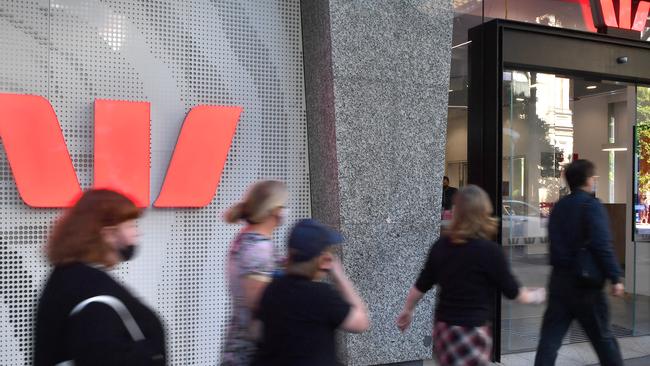
King points out nearly all of his business customers are working on transition plans and are facing pressure from their own shareholders over carbon reduction.
“This black and white concept of walking away (from the customer), I just don’t think it’ll be relevant because companies will have to come up with plans, they’ll be voted on at AGMs. We’ll be giving them feedback about how we feel about them,” King tells The Australian. But the intention is to work with customers on lowering emissions. He also gave himself flexibility saying the bank would be prepared to step up to lend to fund energy security if it was needed.
“We recognise the need to have reliable power and it will play an important role in the transition,” King said, adding a commitment to boost funding for renewable energy would help boost overall energy supplies in Australia.
He notes the bigger risk of inaction on carbon emissions is that Australia faces being shut off from some parts of international financing markets, which will push up the cost of funds for all companies.
“With the change in government and the change in policy on emissions, Australia seems to be going in the right direction. But if there is a view that the country is not doing enough, then, it will be priced in capital markets. It’s not here today, but we can’t rule it out”.
Morgan’s early move
The new policy, which King has been working with the bank’s head of institutional Anthony Miller behind the scenes for more than a year, coincided with the Albanese government’s promise to set a more ambitious emissions reduction target of 43 per cent by 2030. Westpac has a pledge in place to reduce emissions by 90 per cent by the end of the decade including being fully renewable powered by 2025.
The green theme also takes the baton from former chief David Morgan who at the top of his game in the early 2000s was a first mover in the then very nascent environmental social, governance space. At the time Morgan had boasted to all, he had turned Westpac into the world’s “most sustainable bank”.
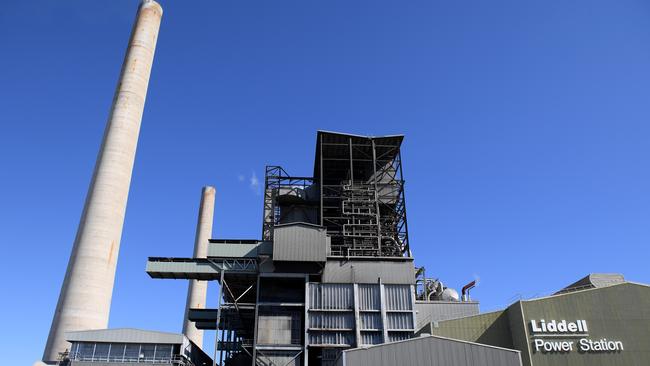
Fast-forward nearly two decades and Westpac is a member of the United Nations’ Net-Zero Banking Alliance which pledges to reduce financing of projects which deliver the biggest carbon emissions. It’s not a first mover here, both Commonwealth Bank and National Australia Bank have also signed on to this UN initiative.
Westpac has already committed to reducing its thermal coal exposure to zero by 2030, with the bank now defining a thermal coal customer as having more than 5 per cent of revenue coming from thermal coal mining. Previously it was 25 per cent. This could make elevated thermal coal prices problematic for the bank.
The bank will be looking to cut its financed emissions in upstream oil and gas by 23 per cent by the end of the decade. There is a carve out for financing new oil and gas projects where they are considered necessary for energy security or all carbon emissions are netted out.
Tougher targets are also in place for financing of coal fired power plants. Finally cement manufacturing comes under scrutiny with the bank aiming for a 25 per cent reduction in financed emissions from this heavy polluting manufacturing process.
Branch pain
One significant step outlined on Wednesday was a “co-location” policy combining Westpac and one of the state-based brands such as St George or Bank of Melbourne under the one roof. And there is a promise by early next year customers of all of Westpac’s regional brands will be able to do over the counter banking at any Westpac branch.
The combined product and processing of the multiple bank brands was initially promised 14 years ago when the St George buyout was launched, underscoring just how difficult it is to combine banking systems. St George’s digital app still operates on a separate platform to Westpac’s app. Over time St George will start to incorporate the money management tools inherited through last year’s MoneyBrilliant acquisition. These features, including tracking will initially be through the Westpac app only.
The branch co-location, which could extend to as much as 120 locations over the next 18 months has a dual impact – it offers some savings on the property line while staff have been earmarked to bulk up business lending offering. It’s also a reflection of Covid-19 times, where some smaller stand-alone branches have been forced to close entirely when there are staff shortages.
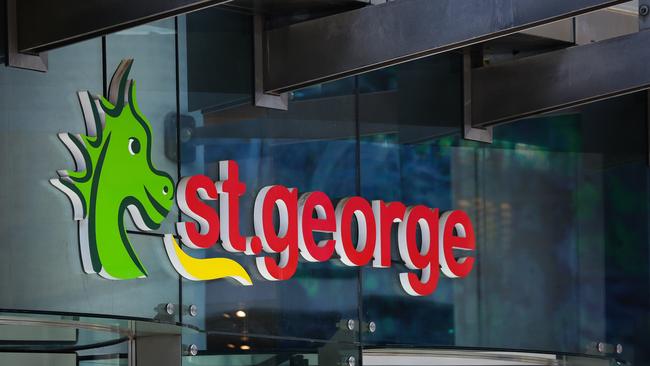
Branches have been on a slow structural decline for nearly two decades with banks grappling over the services. With financial advice no longer part of the remit and loans increasingly being written online or through brokers, branch demand is changing. Westpac’s own figures show 16.5m over the counter transactions in its branch network in the half year period just prior to Covid-19 pandemic. In the first half of this year it was 11.1m.
The merger of branches is a big step, even King acknowledges. But it is about removing duplication and costs in operating a “multi-bank” as opposed to multiple brands. He is committed to the multi-branding strategy because the original proposition that some customers like banking with Bank of Melbourne or Bank SA over Westpac still stands. As banking changes over the longer term it will be inevitable that the brands become closer and ultimately one becomes a digital-only proposition.
Rio Tinto’s relief
Rio Tinto’s Jakob Stausholm has set the global miner on a more conservative footing, with too many near-term uncertainties flowing around — ranging from commodity prices pulling, a possible US recession and the prospect of a choppy recovery in the giant Chinese economy.
The Rio boss, speaking to The Australian from London, described the $US8.6bn in underlying interim earnings delivered on Wednesday night as a “relief” more than anything. The newish boss can now start to put his own operational stamp on the mining giant.
The new greenfield Pilbara mine, Gudai-Darri, has been delivered and is operational, which will serve to put iron ore in a much better position as it replaces depleted existing mines.
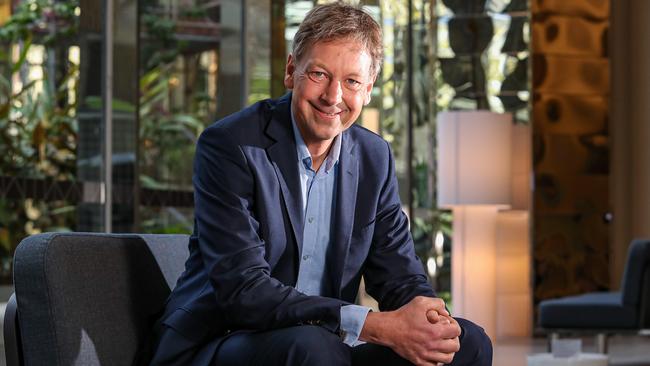
This means Rio can again start to think about the “longer term” rather than the pressure of hitting quarterly production targets on a maturing mine, Stausholm says.
Elsewhere, he has just returned from a week in Mongolia where Rio’s giant Oyu Tolgoi copper mine is located. It has been six months since Stausholm made an effort to repair a fractured relationship with the Mongolian government over funding an expansion of the partially state-owned mine.
It’s one of a dozen global visits and diplomacy measures around the world since the start of the year, including with Rio’s own staff, whereby Stausholm has been working on a major reset.
“A number of pressure points have been taken off which has enabled us to be more forward leaning,” he says.
In normal times, the Rio Tinto first-half result would be regarded as a solid effort as it spits out more than $US7bn ($10.1bn) in free cash flow in the June half and posted its second-highest interim dividend by sending $US4.1bn back to shareholders.
But these are not normal times, and Rio Tinto’s iron ore and copper commodities have come off the extraordinary highs of the past half year — with the last quarter being particularly volatile.
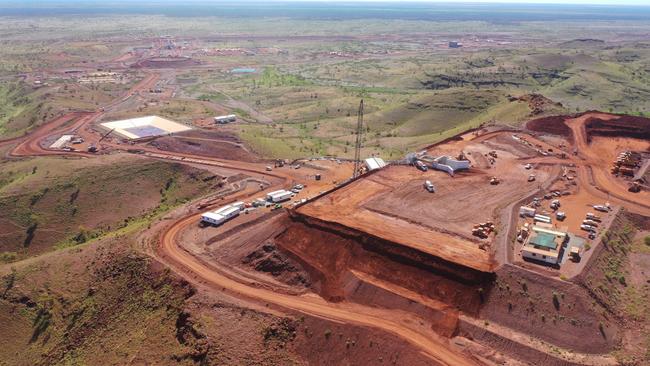
Rio Tinto’s June half underlying profit was down 28 per cent, mostly on the falls in iron ore, but it undershot expectations of as much as $US9.1bn.
Dividends were off 50 per cent following the payment of last year’s special dividend. Inflation is running through corporate Australia and hitting Rio in a big way, punching a $US560m hole on its earnings line. The biggest impact is on the assumption for mining closures, while operating costs are also rising.
Rio is on the right side of the pinch from the inflation and skills shortage as its big Pilbara projects wind down, however, like all major employers, Covid absenteeisms are curbing operations.
Rio’s net cash position, where it has no net debt, is a source of competitive advantage, Stausholm says, particularly in an environment “where the macro economics are deteriorating”.
With key relations slowly mending, Stausholm’s aim now is to deliver operational and financial consistency for Rio Tinto as the miner ramps up again in the Pilbara while carving out growth options ranging from developing Mongolian copper, moving into lithium or preparing for the bigger long-term bet of Simandou iron ore.
johnstone@theaustralian.com.au




Upping the stakes in green lending and breathing new life into a consumer strategy marks a significant moment for Westpac boss Peter King.